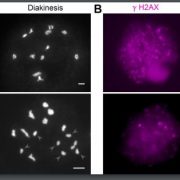
RDR6 is essential for double-strand break formation during male meiosis in rice
Blog, The Plant Cell, The Plant Cell: In BriefPlant RNA-dependent RNA polymerases (RDRs) are essential for the biogenesis of small, interfering RNAs (siRNAs). These polymerases function by converting single-stranded RNA transcripts into double-stranded RNAs, which are processed by Dicer-like ribonucleases into 21- to 24-nucleotide siRNAs (reviewed…

It takes two to be you: promoter motif pairs keep immune responses within cell identity boundaries
Blog, Research, The Plant Cell, The Plant Cell: In BriefBeing a multicellular organism is not an easy task. Proper functioning of individual cell types with different functions requires coordination of gene expression to determine cell identity, but also regulatory mechanisms to respond to environmental cues. The root may appear simple at first sight, but…
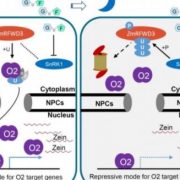
SnRK1-ZmRFWD3-Opaque2: A Nexus of Seed Nutrient Accumulation and Diurnal Cycles
Blog, Research, The Plant Cell, The Plant Cell: In BriefPlant seeds store nutrients in the form of protein, starch, and oil to support seed germination and seedling establishment. The seed nutrient reserves are supplied with carbon and nitrogen assimilated in vegetative tissues, where primary metabolism oscillates in a circadian manner (Farré and Weise,…

Back to where it came from: chloroplast expression of both Rubisco subunits helps functional enzyme analysis
Blog, Research, The Plant Cell, The Plant Cell: In BriefRubisco catalyzes the key carboxylation step in photosynthetic CO2 fixation and is probably the most abundant protein on Earth. The enzyme is famous for inefficient catalysis and the habit of binding oxygen instead of CO2 in one out of every four binding events, leading to photorespiration reactions…
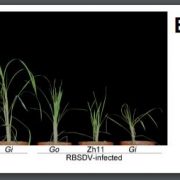
OsGSK2 integrates jasmonic acid and brassinosteroid signalling in rice
Blog, Research, The Plant Cell, The Plant Cell: In BriefPlant defenses against herbivore or pathogen attack involve the coordination of multiple hormone-mediated signalling networks, including the jasmonate (JA) and brassinosteroid (BR) pathways. Jasmonate is an oxylipin phytohormone that triggers the transcription of defence-related proteins and secondary…

Feasting While Fasting: How Autophagy Helps Maize Survive Carbon Starvation
Blog, Research, The Plant Cell, The Plant Cell: In BriefMost macro-molecular components of plant cells (e.g., proteins, lipids, and even entire organelles) are subject to an ongoing process of recycling to both rejuvenate aging structures and optimize the allocation of cellular nutrients. A major recycling route is autophagy, which occurs under normal conditions…
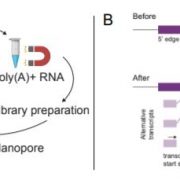
In the Transcripts: Long-read Transcriptomics Enables a Novel Type of Transposable Element Annotation in Plants
Blog, Research, The Plant Cell, The Plant Cell: In BriefTransposable Elements (TEs) are mobile genetic elements and major constituents of eukaryotic chromosomes. TEs promote genetic and epigenetic variation within genomes and are a major source of evolutionary novelty and adaptation (Lisch, 2013). In plants, TEs represent from 20% of the genomic content in…
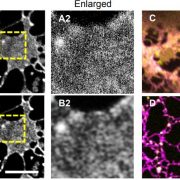
A Once-Hidden ER Matrix Reveals the Totally Tubular Function of LUNAPARKs in Plants
Blog, Research, The Plant Cell, The Plant Cell: In BriefThe endoplasmic reticulum (ER) is an organelle that is vital for many cellular processes such as protein and lipid synthesis, calcium signaling, detoxification, and movement of other organelles. It forms an intricate meshwork in the cell cortex that is comprised of highly dynamic interconnected tubules…
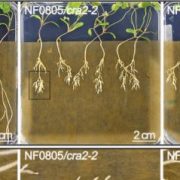
Peptide-Receptor Signaling Pumps the Brakes on Auxin Biosynthesis and Ethylene Signaling to Harmonize Root Growth and Nodulation
Blog, Research, The Plant Cell, The Plant Cell: In BriefNitrogen (N) is the most abundant element in Earth’s atmosphere. However, plants must capture this essential element from soil through their roots. To do this, legume roots forge symbioses with rhizobia to initiate nodule development. Root nodules provide rhizobia an environment suitable for converting…

